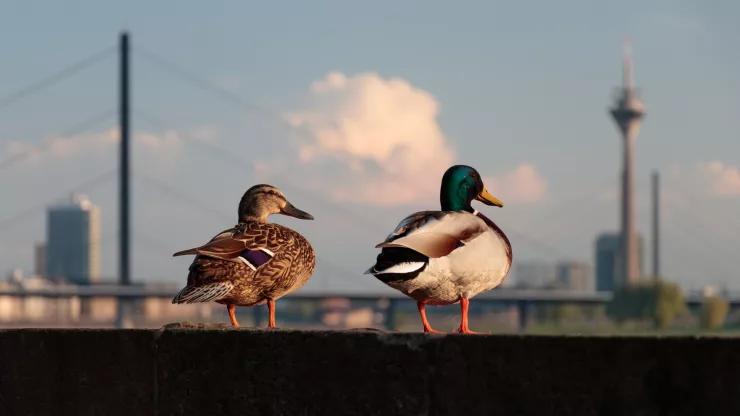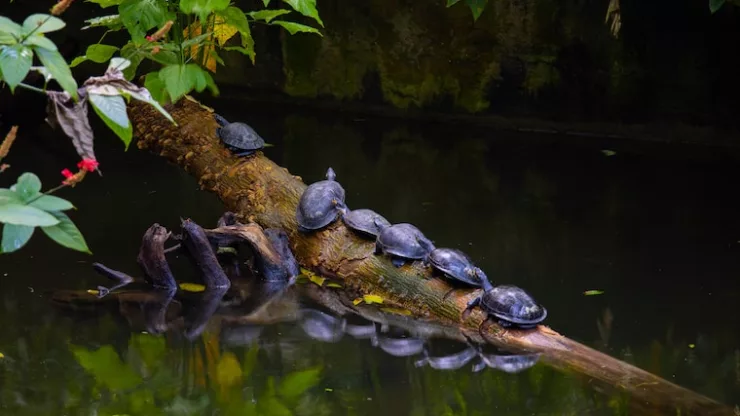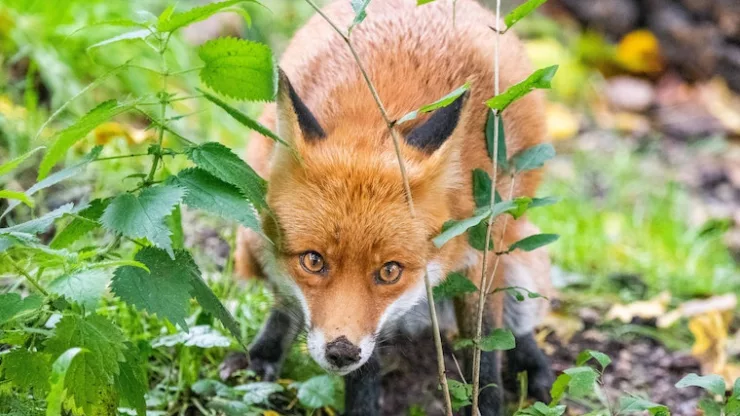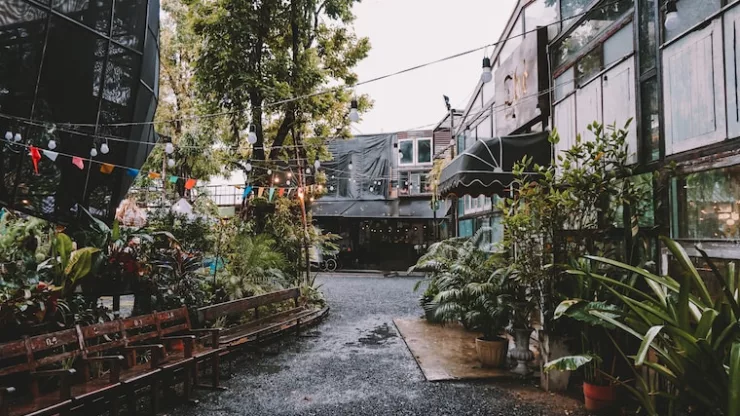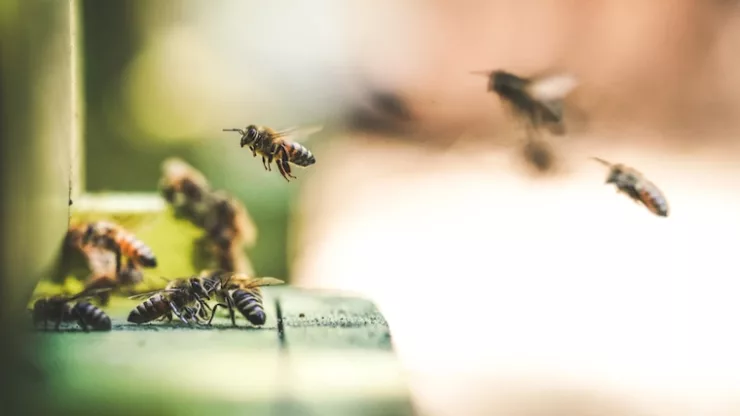Urbanization and Its Impact on Wildlife
As cities expand and human populations grow, urban areas are encroaching on the habitats of wildlife.
The effects of urbanization on wildlife are numerous and profound, ranging from habitat loss and fragmentation to increased pollution and human-wildlife conflict.
In this article, we will explore the major problems faced by urban wildlife and their implications for the conservation of biodiversity in cities.
Jump to Section
Habitat Loss and Fragmentation: The Root of the Problem
Habitat loss and fragmentation are the primary threats to urban wildlife. As cities expand, they consume natural habitats, leaving wildlife with less space to live and breed.
Fragmentation occurs when habitats are broken up into smaller and isolated pockets, which can lead to a loss of genetic diversity and decreased ability to adapt to changing environmental conditions.
The following are some key points to consider:
- According to the World Wildlife Fund, over half of the world’s population lives in urban areas, and this number is expected to increase to 68% by 2050.
- Urbanization has been linked to the decline of many species, including birds, mammals, reptiles, and amphibians.
- Key factors contributing to habitat loss and fragmentation include urban sprawl, infrastructure development, and land-use change.
Human-Wildlife Conflict: A Growing Challenge in Urban Areas
As humans and wildlife come into closer contact, conflicts can arise.
This can be especially problematic in urban areas, where wildlife may be attracted to food sources such as garbage or gardens.
The following are some key points to consider:
- Human-wildlife conflict can result in property damage, injury, or death for both humans and animals.
- Some common examples of human-wildlife conflict in urban areas include coyotes attacking pets or deer damaging gardens.
- Effective strategies for reducing human-wildlife conflict include education and outreach, habitat modification, and non-lethal management techniques.
Pollution and Climate Change: Threats to Urban Biodiversity
Pollution and climate change are also major threats to urban wildlife.
Pollution can affect the health and well-being of wildlife, while climate change can alter ecosystems and disrupt the timing of seasonal events such as breeding and migration.
The following are some key points to consider:
- Air and water pollution can have direct and indirect effects on wildlife, including reduced reproductive success and increased susceptibility to disease.
- Climate change can lead to changes in precipitation patterns, temperature regimes, and sea levels, which can have significant impacts on urban ecosystems.
- Mitigating the effects of pollution and climate change on urban biodiversity requires a multi-faceted approach that includes reducing greenhouse gas emissions, managing stormwater runoff, and improving air and water quality.
FAQ
What can individuals do to support urban wildlife conservation?
Individuals can support urban wildlife conservation by:
- Planting native plants in their gardens to provide food and habitat for wildlife.
- Reducing their use of pesticides and herbicides, which can be harmful to wildlife.
- Keeping their cats indoors to prevent them from hunting wildlife.
- Supporting local conservation organizations and initiatives.
How can cities promote urban biodiversity?
Cities can promote urban biodiversity by:
- Incorporating green spaces such as parks and green roofs into urban design.
- Implementing policies to protect and restore natural habitats in and around urban areas.
- Encouraging sustainable transportation options such as walking, biking, and public transit.
- Educating residents about the importance of urban biodiversity and ways they can support it.
The problems facing urban wildlife are complex and multifaceted, but there are many strategies that can be employed to address them.
By protecting and restoring natural habitats, reducing pollution and greenhouse gas emissions, and promoting sustainable urban design, we can create cities that are not only livable for humans but also provide valuable habitat for wildlife.
By taking action to support urban biodiversity, we can ensure that future generations are able to enjoy the beauty and diversity of the natural world in their own cities and communities.
I’m a nature enthusiast and creator of Metro Wilds and have spent years exploring the great outdoors.
With a passion for environmental conservation and sustainability, I have dedicated my career to writing about the beauty and wonders of nature, as well as the threats facing our planet.
Contact me at [email protected] for assistance.

